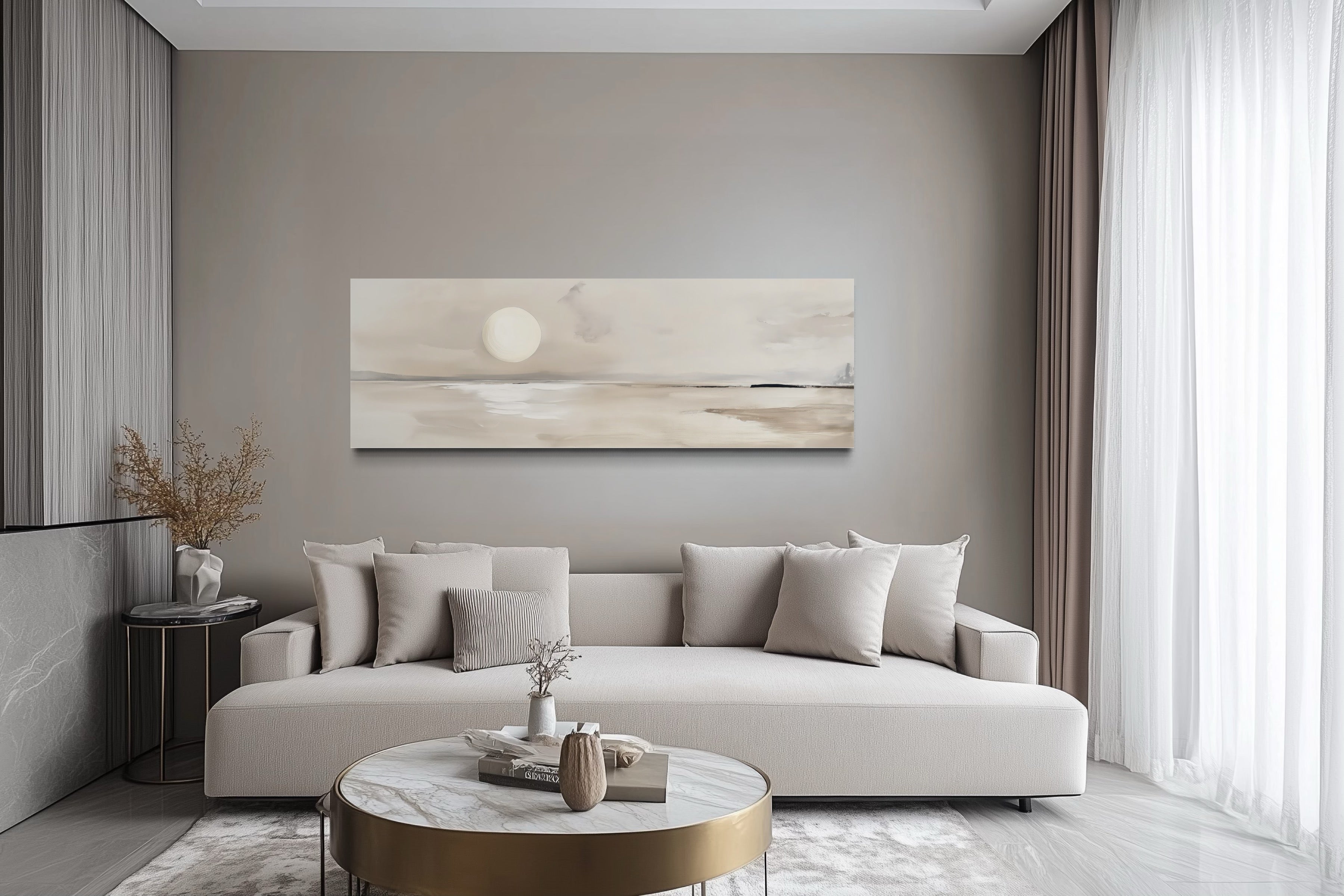Mixing Photography and Painting: A Creative Fusion for Professional Photographers
In the realm of art, the boundaries are constantly being pushed and redefined. Enter the captivating world of mixing photography and painting, a practice that is not just a trend but a powerful form of expression for professional photographers. This fusion allows artists to blend the realism of photography with the emotive and abstract qualities of painting, creating works that are both visually stunning and conceptually rich.

The Rise of Mixed Media Art
The art world has long been fascinated by the fusion of different mediums. Mixed media art is not a new concept, but its application in combining photography and painting has seen a significant rise in popularity. This approach provides an opportunity for photographers to step beyond traditional limits and explore new dimensions in their work.
For professional photographers, integrating painting techniques into their photographic work can open up new avenues for creativity. Whether it's using digital software to layer painted textures over photographs or physically altering printed images with paint, this blend allows for a depth and narrative that pure photography may not achieve alone.
Techniques for Blending Photography and Painting
There are several techniques available for artists looking to delve into mixing photography and painting. The choice of technique often depends on the desired outcome and personal style of the artist. Here are a few methods to consider:
Digital Manipulation
With the advent of technology, digital manipulation has become a popular method for combining photography and painting. Software such as Adobe Photoshop or Corel Painter allows artists to paint directly onto photographs, blending the two mediums seamlessly. This technique offers the advantage of undoing mistakes easily and experimenting with various styles without the commitment of physical materials.
Hand Painting on Photographs
For those who prefer a more tactile approach, hand painting directly onto photographs can be incredibly rewarding. This method involves printing a photograph onto a canvas or high-quality paper, then using paints to enhance or alter the image. This technique was famously used by artists like Gerhard Richter, who blurred the lines between photography and painting to create unique pieces.
Collage and Assemblage
Collage offers another avenue for combining photography and painting. By cutting and layering photographs with painted elements, artists can create dynamic and textured works. Assemblage takes this a step further by incorporating three-dimensional objects, adding depth and physicality to the artwork.
Applications in Professional Photography
For professional photographers, the fusion of photography and painting can be applied in various genres, from portraiture and landscape to abstract and conceptual art. This practice not only enhances the visual appeal of the work but also adds layers of meaning, inviting viewers to engage with the art on multiple levels.
In portrait photography, for instance, adding painted elements can evoke emotions or highlight specific features, transforming a simple portrait into a narrative piece. Landscape photographers might use painting techniques to accentuate natural elements or introduce surreal qualities, creating dreamlike scenes.
Photographers interested in abstract designs might find this fusion particularly appealing, allowing them to explore themes of color, form, and texture in new ways. By embracing mixed media, photographers can distinguish their work in a crowded market and offer something truly unique to their clients.
Challenges and Considerations
While the combination of photography and painting can yield remarkable results, it also presents certain challenges. Artists must consider the balance between the two mediums to ensure that one does not overpower the other. The goal is to create harmony, where each element complements and enhances the other.
Moreover, the choice of materials is crucial. When hand painting on photographs, selecting the right type of paint and surface can affect the longevity and appearance of the artwork. It's important to experiment with different combinations to find what works best for your style and vision.
Professional photographers can benefit from exploring protective measures for their mixed media art. Consider using protective coatings to preserve the integrity of your work.
Conclusion
The art of mixing photography and painting offers endless possibilities for innovation and expression. For professional photographers, this practice is not just about creating visually appealing images but also about pushing the boundaries of what is possible in photography. By embracing this fusion, photographers can expand their creative horizons and produce art that resonates on an emotional and intellectual level.
Whether you're a seasoned photographer looking to diversify your portfolio or a novice eager to experiment, the blend of photography and painting is a journey worth embarking on. For more inspiration on incorporating art into your space, consider exploring large wall decor ideas.

FAQs
1. How do I start mixing photography and painting?
Begin by experimenting with digital software to overlay painted elements onto your photographs. As you become more comfortable, try hand painting on printed images to explore different textures and effects.
2. What materials are best for hand painting on photographs?
High-quality photo paper or canvas works well for hand painting. Use acrylic or oil paints for vibrant colors and durability. Always test on a small area first to ensure compatibility.
3. Can this fusion be applied to commercial photography?
Absolutely! Mixing photography and painting can add a unique edge to commercial projects, from fashion and advertising to product photography. It allows for more creative storytelling and can set your work apart from competitors.

